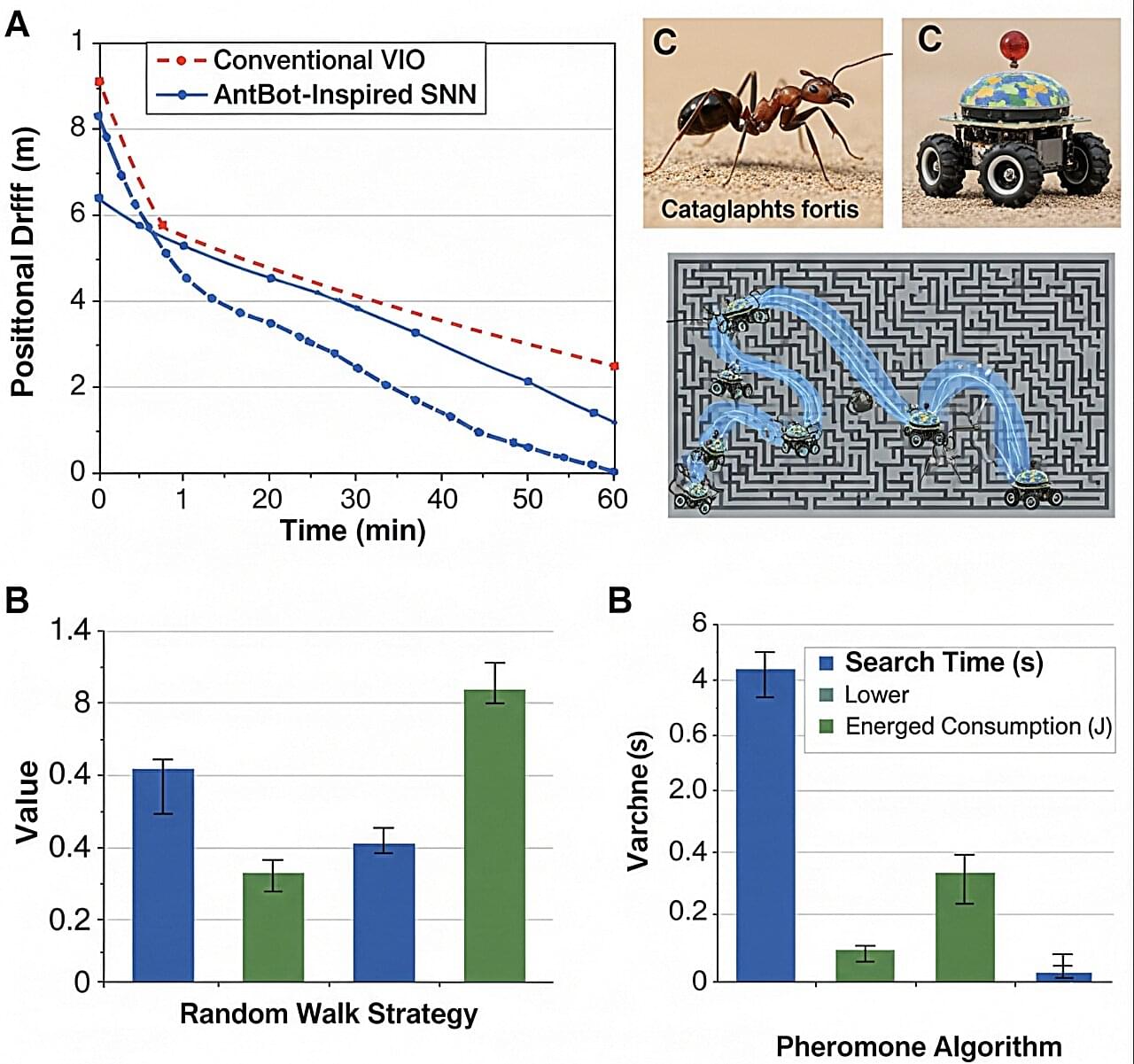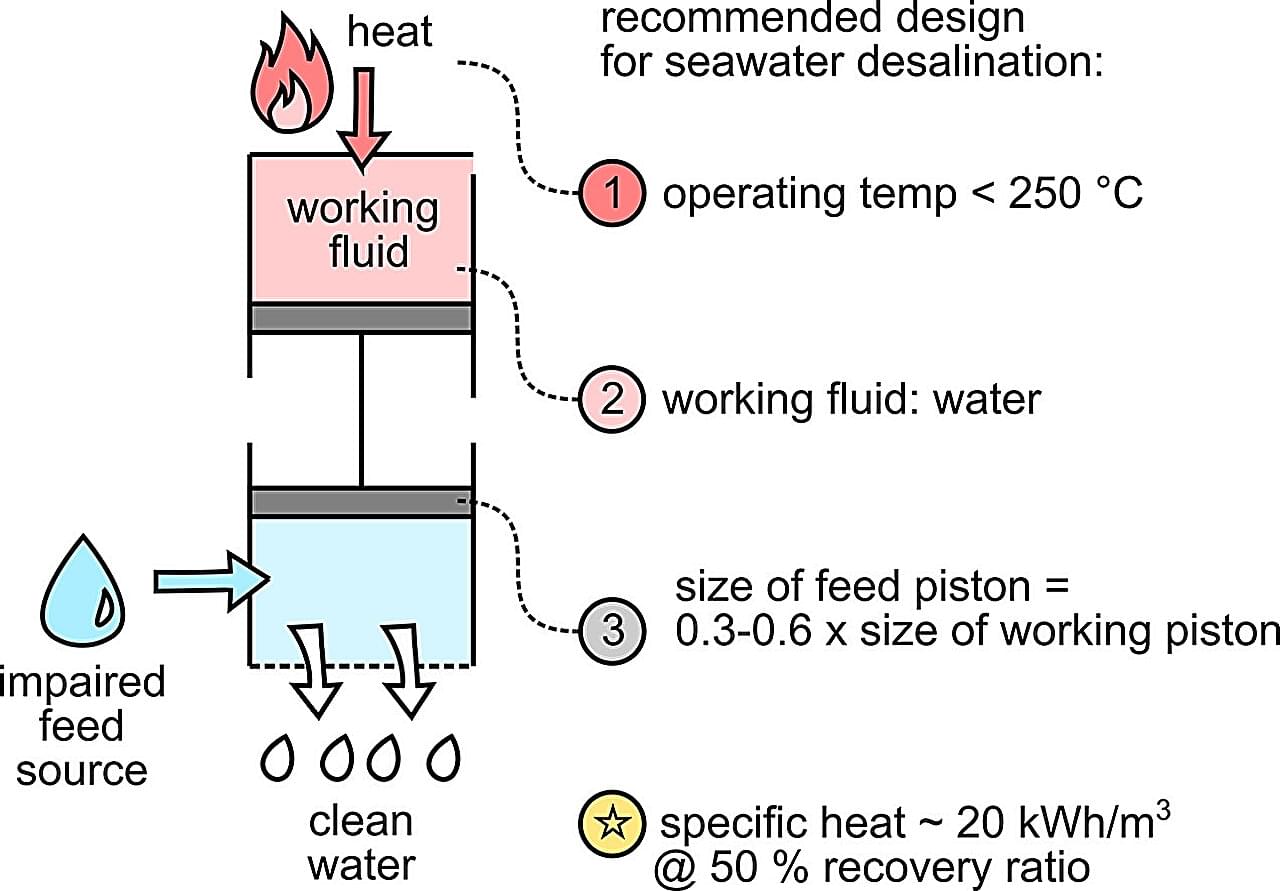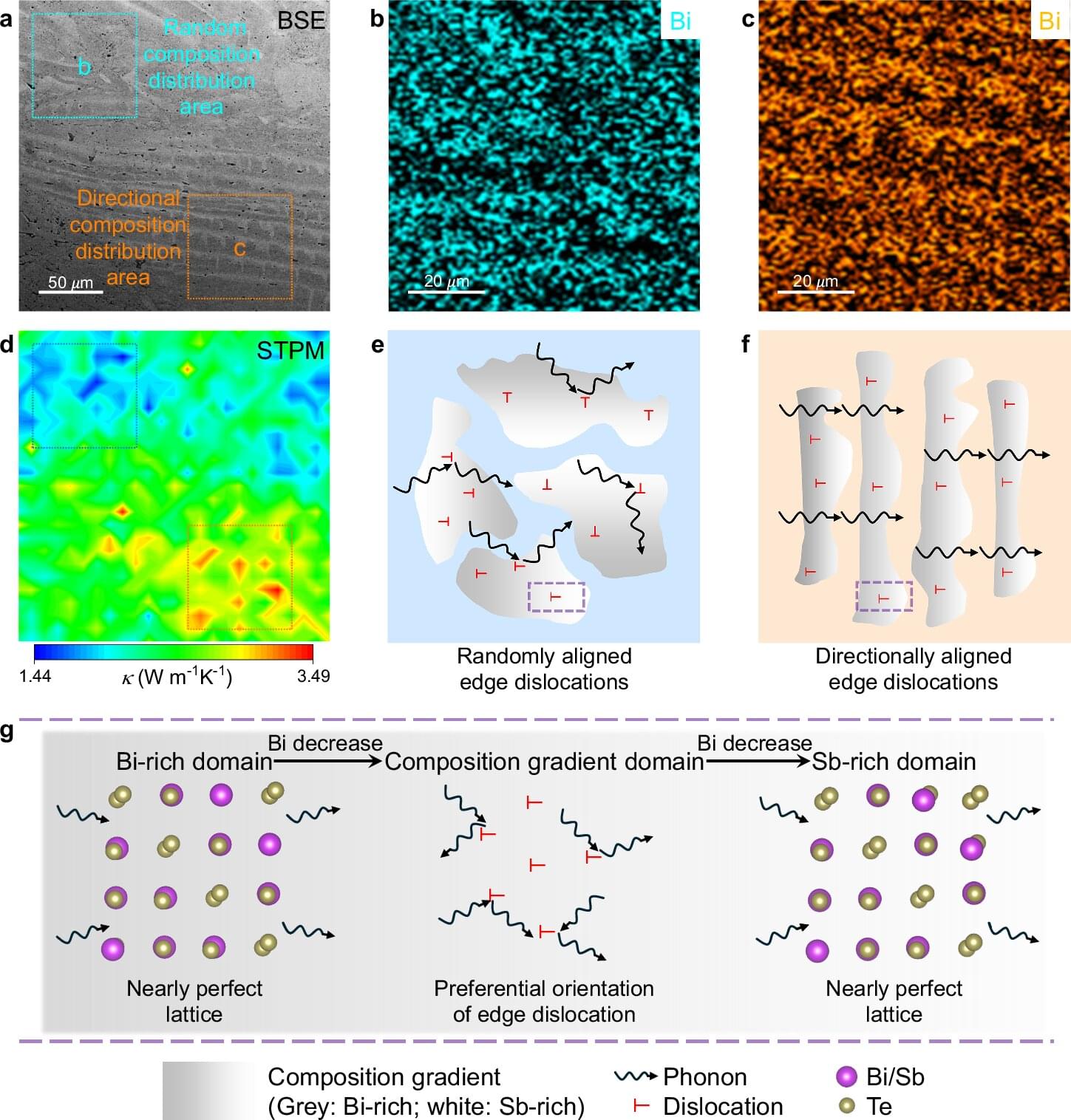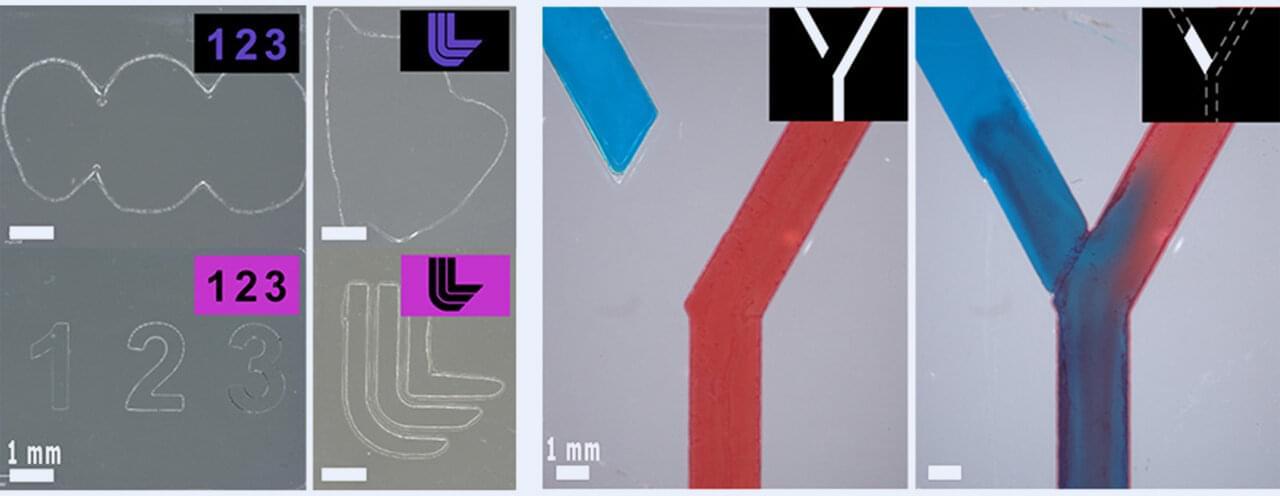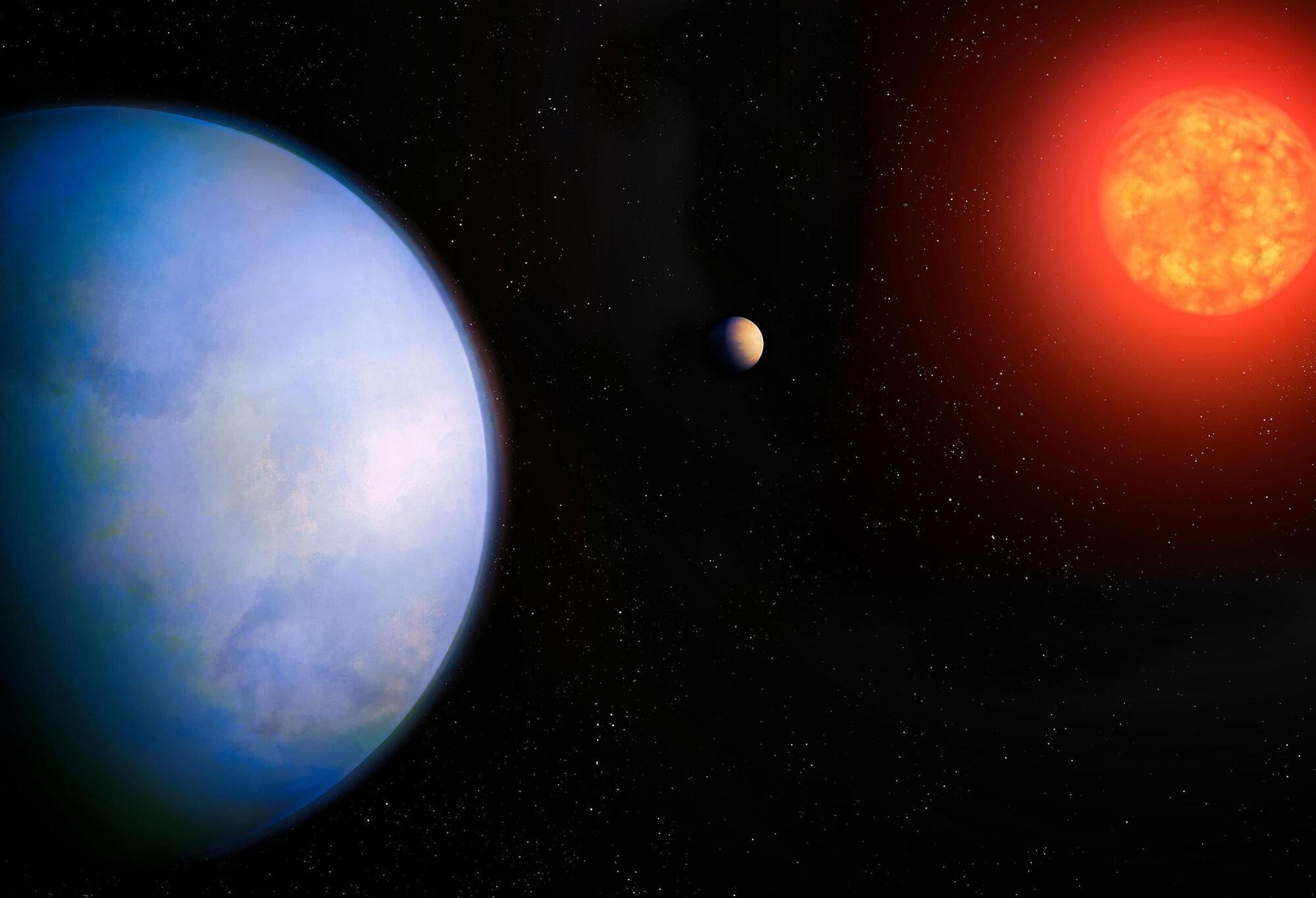People can think, behave and function very differently. These observed differences are known to be the result of complex interactions between genetics, neurobiological processes and life experiences.
Understanding the factors underlying individual differences in behavior, cognition and mental health is a key objective of numerous psychology and behavioral science studies. One approach to explore these factors entails examining patterns of brain activity that spontaneously emerge when individuals are awake but not engaged in any tasks.
Earlier research aimed at uncovering individual-specific brain activity patterns has primarily looked at the neural fluctuations indicating communication or coupling between distant brain regions. In contrast, very few studies have focused on intra-regional neural dynamics (i.e., fluctuations that take place within individual brain regions over time).

